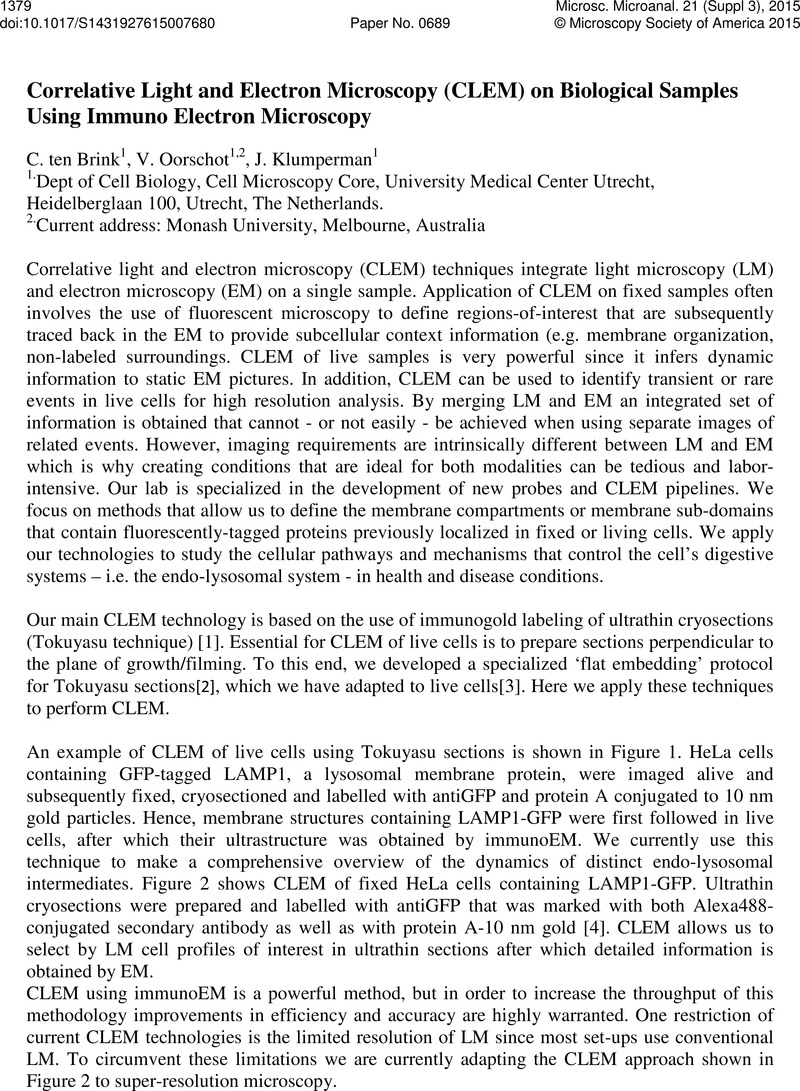Crossref Citations
This article has been cited by the following publications. This list is generated based on data provided by Crossref.
Andrian, Teodora
Bakkum, Thomas
van Elsland, Daphne M.
Bos, Erik
Koster, Abraham J.
Albertazzi, Lorenzo
van Kasteren, Sander I.
and
Pujals, Sílvia
2021.
Correlative Light and Electron Microscopy IV.
Vol. 162,
Issue. ,
p.
303.
Kuchenbrod, Maren T.
Schubert, Ulrich S.
Heintzmann, Rainer
and
Hoeppener, Stephanie
2021.
Revisiting staining of biological samples for electron microscopy: perspectives for recent research.
Materials Horizons,
Vol. 8,
Issue. 3,
p.
685.





